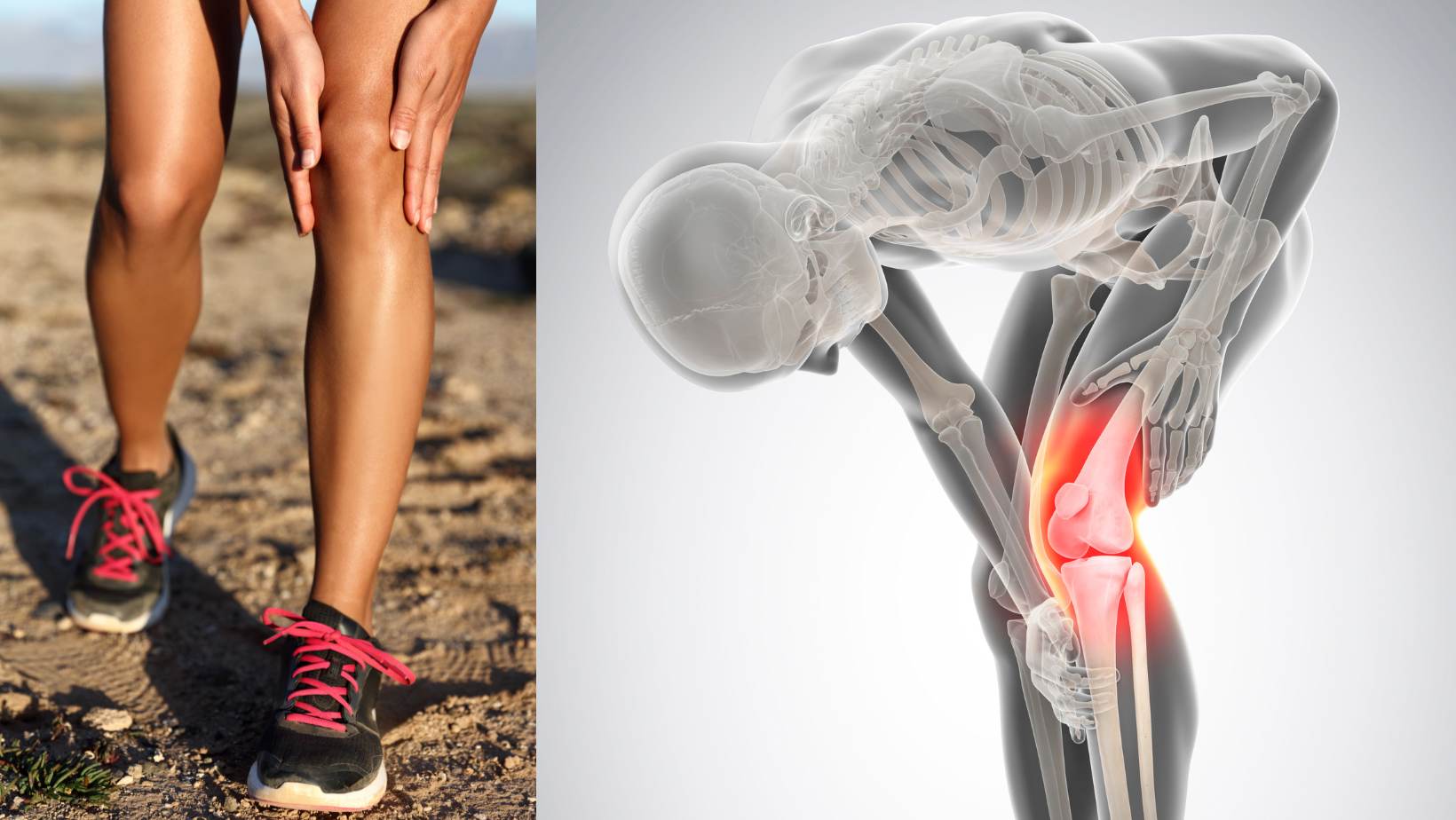If you’re one of the millions grappling with knee arthritis, you might think surgery is your only option for relief. But according to orthopedic surgeons Dr. Brad Weening and Dr. Paul Zalzal, there are plenty of effective, non-invasive ways to manage your pain and improve your mobility. I sat down with these joint experts to get their top 10 recommendations for treating knee arthritis sans scalpel.
1. Modify Your Moves
“Your number one treatment for knee arthritis is activity modification,” stresses Dr. Weening. “It’s critical to keep moving, even with sore knees, but if something really hurts, consider modifying or avoiding that specific activity.” Swap high-impact exercises like running or jumping for gentler options like swimming, cycling, or elliptical training.
2. Lighten Your Load
Excess weight can significantly amplify knee arthritis pain. “Going up and down stairs, the load on your knees increases by up to seven times your body weight,” explains Dr. Zalzal. “Shedding extra pounds is like taking off a heavy backpack – your knees will thank you.” Aim to lose weight gradually through a balanced diet and regular exercise.
3. Tap Into Therapy
Physical therapy, massage, and acupuncture can all play a role in knee arthritis management. “PT teaches you functional exercises to strengthen the muscles supporting your knees, while massage and acupuncture help ease pain directly,” notes Dr. Weening. Don’t hesitate to explore these complementary therapies.
4. Brace Yourself (or Try Orthotics)
Depending on where your arthritis is located, a brace can help redistribute weight away from the most affected area. “Off-the-shelf or custom braces can provide support and reduce pain,” says Dr. Zalzal. Similarly, orthotics can adjust your foot positioning to alleviate pressure on your knees.
5. Feast on Anti-Inflammatory Foods
What you eat can have a big impact on knee pain. “Avoid inflammatory foods like alcohol, sugar, refined grains, and processed snacks, which can aggravate arthritis,” advises Dr. Weening. Instead, load up on anti-inflammatory superstars like fatty fish, berries, leafy greens, and olive oil.
6. Opt for Over-the-Counter Relief
When used judiciously, non-prescription pain relievers can be valuable tools. Acetaminophen (Tylenol) is a safe bet for most, but watch your dosage to avoid liver issues. NSAIDs like ibuprofen and naproxen also reduce inflammation, but may impact your kidneys or cause stomach ulcers, so check with your doctor first.
7. Supplement with Caution
While supplements like glucosamine, chondroitin, and turmeric boast plenty of anecdotal arthritis-easing success, the scientific jury is still out. “Supplements are not regulated like medications, so results can vary,” cautions Dr. Zalzal. “They’re generally safe, but discuss them with your doctor to avoid interactions.”
8. Get Prescription-Strength Support
For more severe pain, your doctor may recommend prescription NSAIDs, which are often stronger or more targeted to joint pain than their over-the-counter cousins. While narcotics are sometimes prescribed, Drs. Weening and Zalzal advise against them for long-term arthritis management due to risks of dependence and side effects.
9. Try Topicals
Topical painkillers – like creams, gels, and patches – can deliver relief with minimal systemic side effects. Ingredients like capsaicin, lidocaine, diclofenac, and even CBD can help control pain and inflammation when applied directly to the skin over sore knees.
10. Consider a Cortisone or Hyaluronic Acid Shot
For more stubborn pain, an injection right into the knee joint can offer relief. “Corticosteroids can quickly reduce inflammation, while hyaluronic acid acts as a lubricant and stimulates cartilage cells to make more natural joint fluid,” explains Dr. Weening. Results can last for several months.
The Bottom Line
- Surgery isn’t your only option for knee arthritis – there are many effective non-invasive treatments to try first.
- Lifestyle changes like exercise modification, physical therapy, and weight loss can have a big impact on knee pain and function.
- Topical and oral medications, injections, and supplements may also help control symptoms – but always check with your doctor to weigh the risks and benefits for your unique situation.
Frequently Asked Questions
Q: Is heat or ice better for arthritis knee pain?
A: Both can be helpful. Ice is best for acute pain and swelling, while heat can soothe stiff, achy joints. Dr. Zalzal recommends applying a cold pack for 15-20 minutes at a time, several times a day – but don’t overdo it, as you can actually give yourself frostbite.
Q: Can I still run with knee arthritis?
A: It depends on your particular case. High-impact activities like running can exacerbate arthritis pain for some. Dr. Weening suggests lower-impact exercises like swimming, cycling, or using an elliptical machine to stay fit without aggravating your knees. But if running isn’t painful for you, you may be okay to continue – just listen to your body and stop if your knees start complaining.
Q: Will I eventually need knee replacement surgery?
A: Not necessarily. While surgery can certainly be effective for advanced arthritis, Drs. Weening and Zalzal emphasize that it’s not the only solution. Many people are able to manage their symptoms quite well with non-surgical strategies like the ones outlined here. And even if you do eventually opt for surgery, all of these measures can help keep your knees as healthy and functional as possible in the meantime. Talk to your doctor about the best approach for your unique needs and goals.
